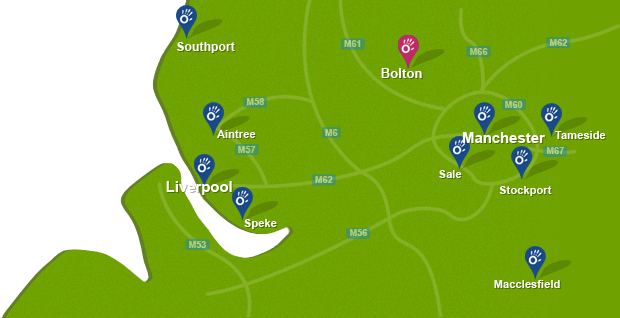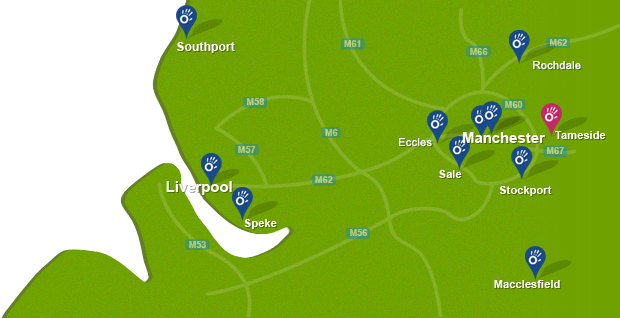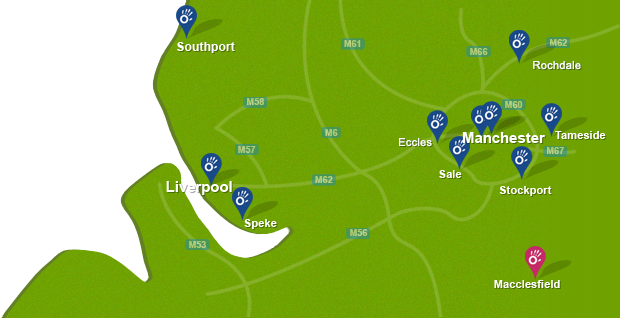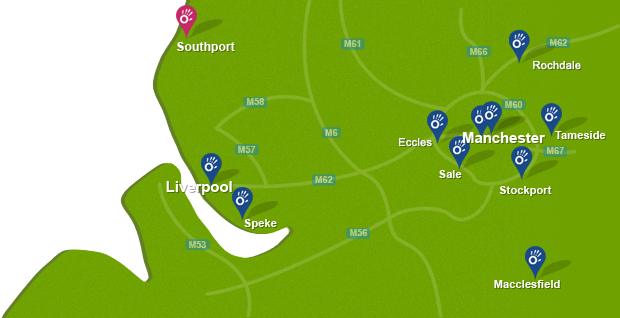Between the ribs are small muscles for support, which are called the intercostals. The ribs attach to the sternum with cartilage at locations called the costochondral junctions.
 Above: If you have suffered a fractured rib, it may be uncomforatble to take in deep breaths. Our physiotherpaist is teaching his patient a diaphramatic breathing technique.
Above: If you have suffered a fractured rib, it may be uncomforatble to take in deep breaths. Our physiotherpaist is teaching his patient a diaphramatic breathing technique.What causes a fracture of the ribs?
A direct blow to the ribs normally causes a fracture. Because the ribs are close to the skin surface and don't have as much protection as other bones, they are vulnerable. Simple rib fractures are the most common form of significant chest injury. Costochondral separations can also occur where a rib separates from the sternum. These result in pain similar to a rib fracture and if the dislocation is complete, there may be a palpable defect.
A severe blow to the chest may also result in a fractured sternum or breastbone. Again signs and symptoms resemble a rib fracture with pain along the sternum.
What are the symptoms of a fractured rib?
- Pain (particularly on deep breaths and coughing)
- Bruising to the rib area
- Muscle spasms over the ribs
- Possibly some crunching-type sounds when the rib is touched at the point of injury.
What treatments are available for fractured ribs?
Although chest x-ray remains the most effective means of diagnosing rib fractures, approximately 25% do not show up on x-ray and are diagnosed by physical exam. Rib fractures are difficult because simple breathing causes pain.
Treatment involves relieving the pain while the fracture heals. Because of breathing, the ribs cannot be splinted like other bones. Most rib fractures heal in a few weeks (about six).
There is little you can do yourself, apart from rest and allow the ribs time to heal. Medical treatment in the first instance should be sought.
For more information as to whether you would benefit from physiotherapy, or to book an appointment please call 0161 883 0077.

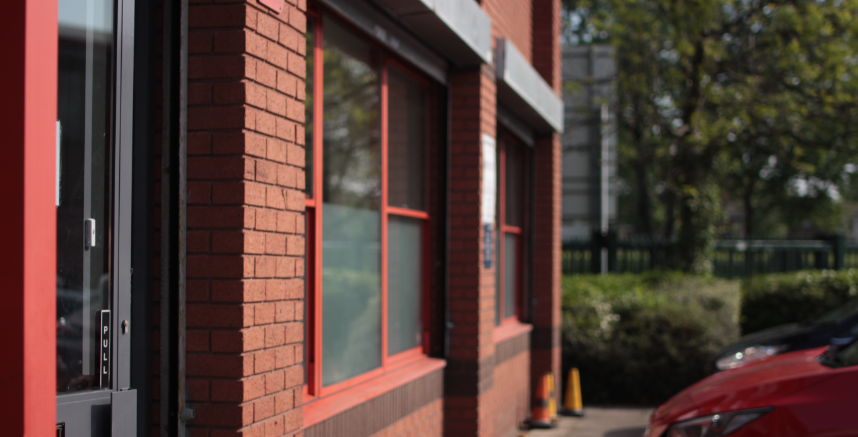
 0161 883 0077
0161 883 0077





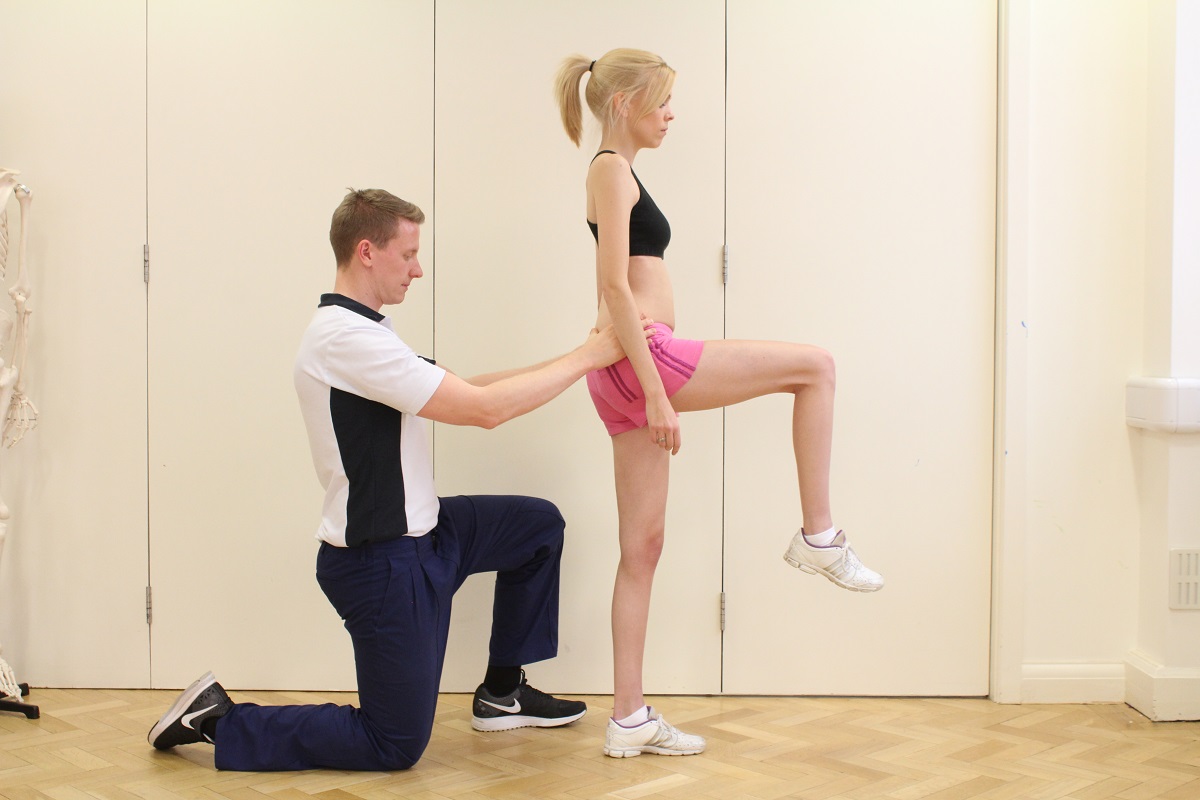

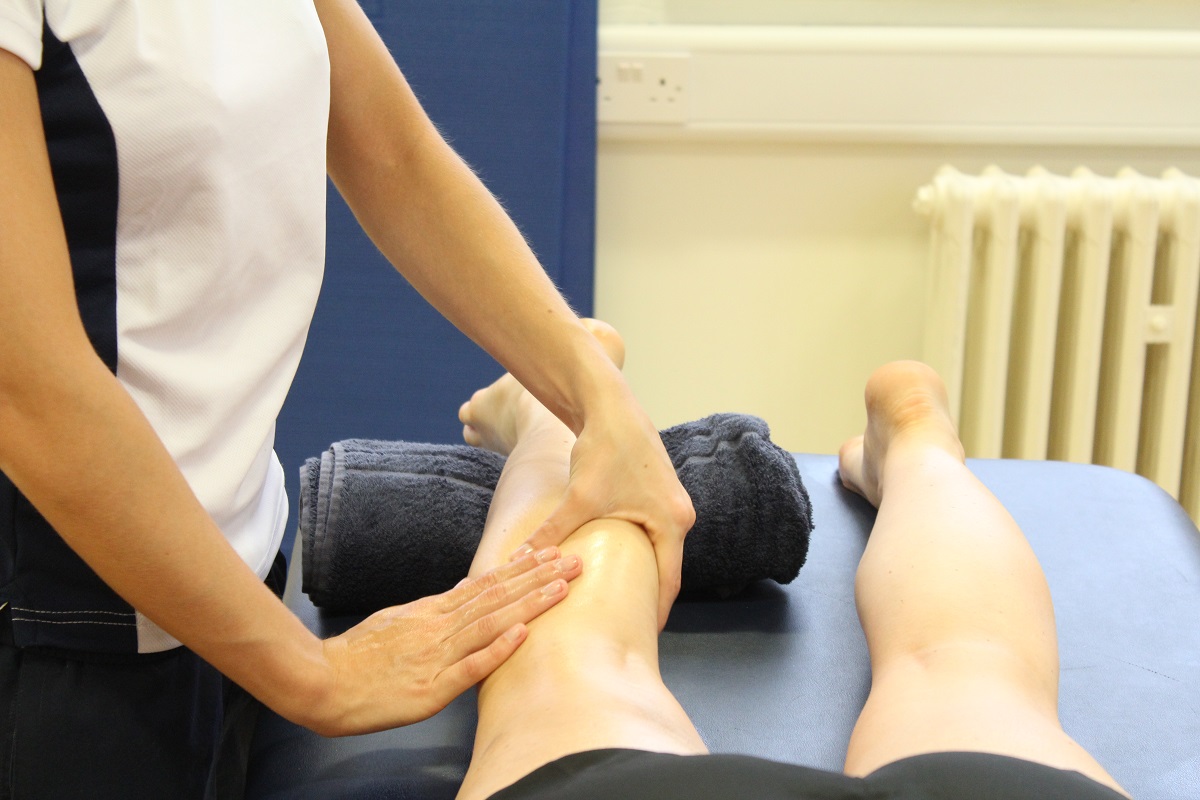

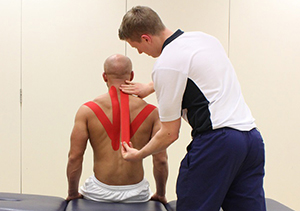

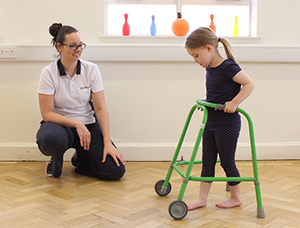
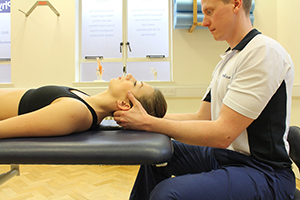


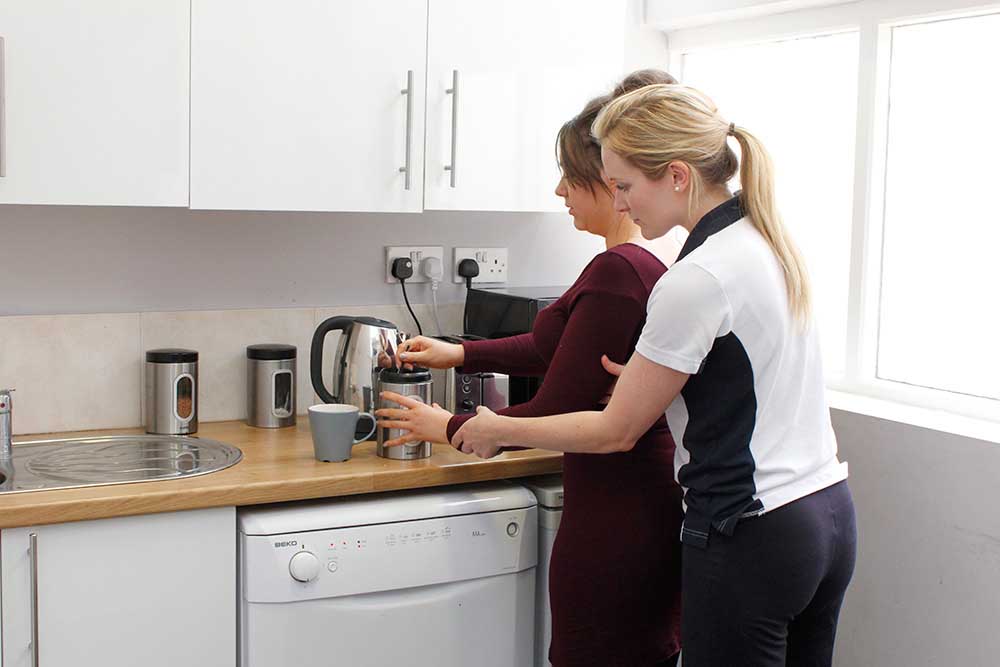



























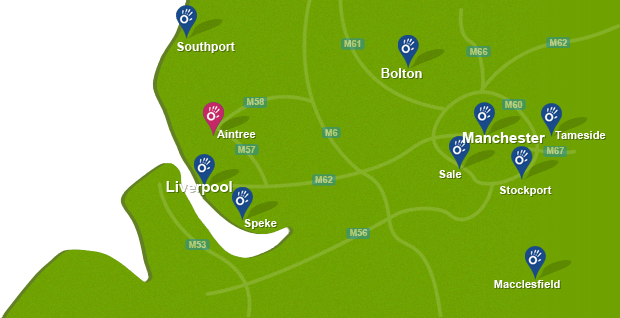

 f
f
